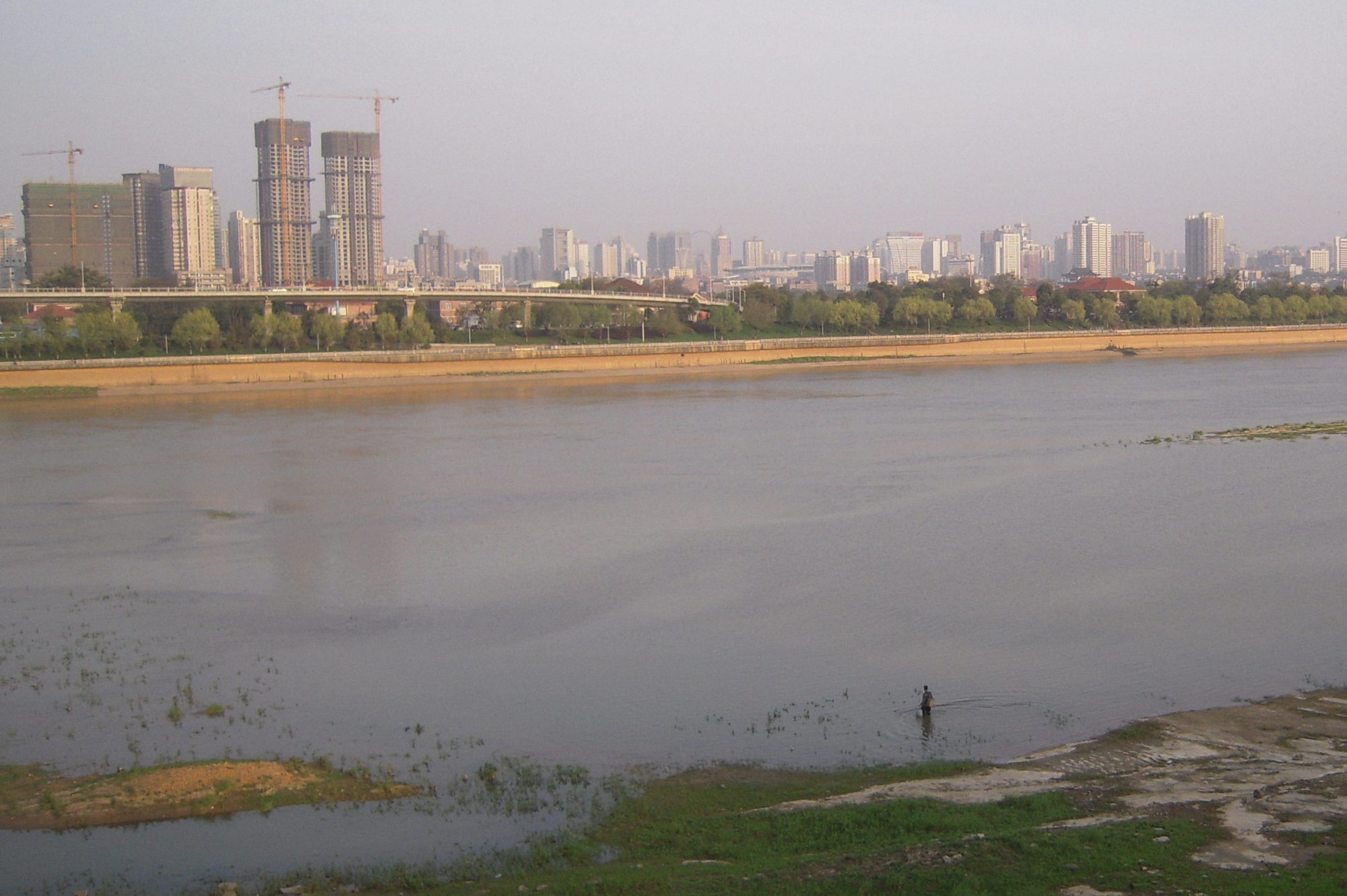
China’s Urban Champions: The Politics of Spatial Development
(Princeton University Press, 2019)
My first book explores the politics of urban and regional development in an era of booming growth. The rise of major metropolises across China since the 1990s has been a double-edged sword: although big cities function as economic powerhouses, concentrated urban growth can worsen regional inequalities, governance challenges, and social tensions. Wary of these dangers, China’s national leaders have long attempted to disperse urban and industrial development. In many provinces, however, government policies have targeted investment and public goods to what are already far and away the largest, wealthiest cities.
To clarify how state actors intervene in urban and regional development, and why government policies often reinforce spatial inequalities instead of reducing them, the book analyzes varying subnational outcomes in China during the 1990s and 2000s. A tour through China’s policy debates and institutional structures highlights the rising importance of spatially selective development policies and the important but underappreciated governance role of provinces. Detailed case studies of Jiangsu, Hunan, Jiangxi, and Shaanxi provinces, based on over a year of fieldwork, trace how economic conditions and political variables have combined to shape the development models of different subnational units. The book then tests how well the case-study findings generalize across China and travel to other national settings.
In contrast with past work that sees developmental bias toward big cities as a second-order effect of industrialization or authoritarian politics, China’s Urban Champions calls attention to proactive efforts by China’s provinces to groom their major cities as globally competitive urban champions, and it explores the political conflicts that ensue. The study reveals that metropolitan-oriented development strategies go furthest when lagging economic performance causes policymakers to worry more about provinces’ external competitiveness than their internal disparities, and when provinces have the political strength to advance their own priorities in a multilevel policy process. The book as a whole offers broader insights into how political factors shape spatial development and how spatial questions pervade development politics.
